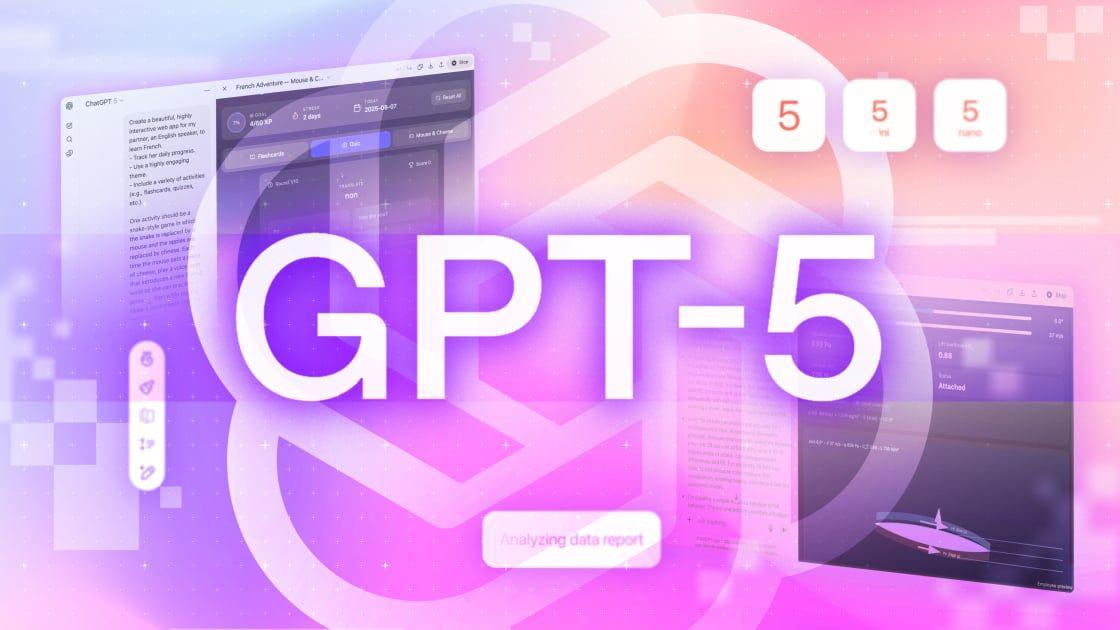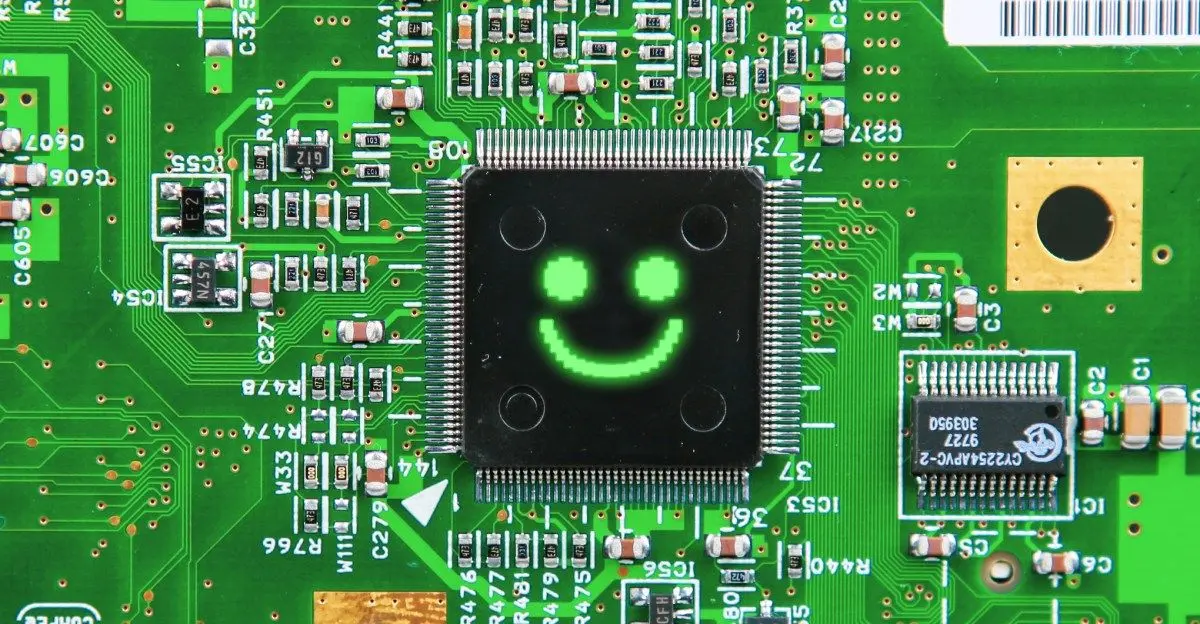OpenAI Enhances ChatGPT with Personalization Features and Thinking Speed Controls
4 Sources
4 Sources
[1]
ChatGPT just gave users a new personalization hub. Not everyone is happy about it
The page includes personality options, memory toggles, and more. OpenAI is making it easier for ChatGPT users to customize what it calls the chatbot's "personality" and communication style. ChatGPT now offers an updated personalization page, which OpenAI CEO Sam Altman previewed in a Tuesday X post. The new page includes a dropdown menu with a range of personality types, including "Cynic," "Robot, "Listener," and "Nerd," and a "custom instructions" prompt section, through which users can modify the chatbot's outputs with requests like "Avoid millennial jargon." Also: AI models know when they're being tested - and change their behavior, research shows There are also sections where you can specify your preferred nickname and occupation, and another where you can list personal "interests, values, or preferences" -- the purpose of which appears to be to create a conversational experience that feels more like chatting with a trusted friend or colleague than with an unfeeling machine. Toward the bottom of the updated page, which is accessible now via settings in ChatGPT, you can modify the chatbot's memory capabilities. The refinement of chatbot personalities has become a critical focus for tech developers as they continue to sell AI to individuals and businesses. The challenge is to build systems that generate accurate information in a way that also feels engaging and personable. This has occasionally gone too far, as in the recent case of ChatGPT users complaining that the chatbot's responses tended to veer into sycophancy and excessive flattery. Also: ChatGPT will verify your age soon, in attempt to protect teen users Different companies have also taken various approaches to artificial personalities: xAI's Grok tends to be irreverent and edgy, Claude is more of a sober and cautious digital assistant, and ChatGPT's tenor tends to be more flexible depending on the preferences of each user. That flexibility and adaptability have become a bigger focus for OpenAI in the aftermath of last month's debut of GPT-5, the latest large language model (LLM) to power ChatGPT. Many users have complained since the model's launch that it's inferior to its predecessor, GPT-4o, both in terms of its speed and its communication style, which some found to be flat and cold. OpenAI quickly responded to those complaints with a flurry of updates to GPT-5, one of which allowed paid ChatGPT Plus subscribers to regain easy access to 4o. Also: Is ChatGPT Plus still worth $20 when the free version offers so much - including GPT-5? Altman said that one of the central lessons of GPT-5's underwhelming initial success was that OpenAI needed to focus more on building more personalized and customizable tools. "Long-term, this has reinforced that we really need good ways for different users to customize things (we understand that there isn't one model that works for everyone, and we have been investing in steerability research and launched a research preview of different personalities)," he wrote in a X post on Aug. 8, adding the example of some users perhaps preferring lots of emoji while others "never want to see one." OpenAI received a similar backlash from many among its userbase when it announced earlier this month that it would retire ChatGPT's Standard Voice Mode. The company later rescinded that decision. Also: How people actually use ChatGPT vs Claude - and what the differences tell us (Disclosure: Ziff Davis, ZDNET's parent company, filed an April 2025 lawsuit against OpenAI, alleging it infringed Ziff Davis copyrights in training and operating its AI systems.) ChatGPT's new personalization page has already received a chilly reception online, with many people arguing that the company is misunderstanding their complaints about GPT-5. "A clean user interface is welcome, thank you, but please also consider the request from thousands of users to keep 4o and Standard Voice Mode long term," one person wrote under Altman's X post. "4o is able to intuitively adapt to user intention and preference, dynamically working alongside you. It doesn't need custom instructions or personalisation." Also: I did 24 days of coding in 12 hours with a $20 AI tool - but there's one big pitfall Another person's reply put it even more succinctly: "No combination of toggles and instructions can replicate the organic and effortless vibe of interacting with 4o." At the time of this writing, OpenAI has not announced any plans to reinstate 4o for users of ChatGPT's free tier. The company did not immediately respond to ZDNET's request for comment.
[2]
ChatGPT-5 just added new controls for how long it 'thinks' -- here's how to set the pace
OpenAI generally does a pretty good job of taking user feedback seriously. Whether it's bringing back a favorite legacy model, toning down ChatGPT-5's personality or taking into account how much users like ChatGPT Voice, the company has no problems pivoting to try to keep users happy. And that's generally a good idea when Gemini has overtaken you in the App Store. Now the company is making a new update by request. ChatGPT users now have more control over how long the chatbot "thinks" before generating a response, in a move designed to address one of the most common pieces of feedback. If you know, you know: sometimes GPT-5 is just too slow. Here's what the latest update announced on X, means for Plus and Pro users. Starting today, ChatGPT Plus, Pro, and Business subscribers can choose how much time GPT-5 Thinking spends reasoning before answering. The new controls are available directly in the ChatGPT web composer, making it easy to adjust the AI's pace to match the task at hand. Here's what's available to users now: Once you select a mode, your preference will remain in place for future chats until you change it. This change is a big deal because it takes into account both users reliance on GOT-5 Thinking and workflows. One of GPT-5 Thinking's biggest strengths is its ability to break down complicated questions step by step. But that same process can cause frustrating delays, especially for users who just want fast, conversational responses. By giving people control over how long the model spends "thinking," OpenAI is acknowledging that no one setting works for every scenario. In practice, this means you might keep GPT-5 on Light for quick brainstorming or casual chats, switch to Standard for everyday problem-solving, and only tap Heavy when you need the AI to dig deep into complex reasoning. Although this marks a small update, it is an important one, underscoring how OpenAI approaches customization. Rather than setting a one-size-fits-all pace, the company is letting users decide what's most useful in the moment. That flexibility goes a long way. With customizable thinking times, ChatGPT now adapts more closely to how you work. Whether you value speed, depth or a balance of both, GPT-5 Thinking can now be set to match the moment.
[3]
You Can Now Decide How Quickly ChatGPT Replies to You
ChatGPT Plus and Business users have access to Standard and Extended OpenAI is fixing a frustrating issue for many ChatGPT users with a new update. Ever since the release of GPT-5 and its advanced reasoning-focused counterpart GPT-5 Thinking, many users have complained that the chatbot takes an unusually long time to answer simple queries. So far, users had to rely on the auto-switcher, which dictated when the artificial intelligence (AI) chatbot would switch to reasoning mode and when it would answer queries instantly. With this update, users will now have more control over the time ChatGPT takes to think before responding. ChatGPT Gets a Thinking Duration Control In a post on X (formerly known as Twitter), the official handle of OpenAI announced the new feature on Wednesday. The company highlighted that the update was being added after multiple users provided feedback over the lack of control on how long ChatGPT thinks before it responds. OpenAI is solving this problem by adding a new toggle for GPT-5 Thinking. Whenever users switch to that model, a new option will appear underneath the prompt bar dubbed Thinking. It comes with four options, Light, Standard, Extended, and Heavy, with the first one generating responses the quickest and the last one taking the longest time. However, there are some caveats with the feature. Currently, it is not available to users on the free tier or on the ChatGPT Go subscription tier since they do not have access to the GPT-5 Thinking model. The Plus and Business users have access to Standard and Extended modes, and only Pro has access to Light and Heavy, along with the other two. Also, the feature is currently only available on the website, not on the desktop or mobile apps. Lately, OpenAI has been trying to fix issues with its chatbot. Earlier this week, the company CEO, Sam Altman, announced that the personalisation page of ChatGPT was being updated to bring all the different settings within the same interface. The new page shows options for personality configuration, custom instructions, and memories. It should be available globally by the end of the week.
[4]
OpenAI Adds New Thinking Modes to Speed Up ChatGPT Answers
ChatGPT's New Personalization Page Lets Users Pick Personalities and Control How the AI Responds OpenAI has added new modes to ChatGPT, allowing users to choose how fast or deep the AI thinks. Premium users on ChatGPT Plus, Pro, and Business plans can now control response time in Thinking mode, which is used for complex questions needing advanced reasoning. Previously, users could only access the Extended mode, which offered detailed answers but was time-consuming. However, Plus and Business users can now choose between Standard and Extended modes, where the former balances speed and smart answers and the latter provides more detailed responses. On the other hand, Pro users get two extra options: Light and Heavy. Light is the fastest mode available, while Heavy performs in-depth thinking before generating answers for tough questions. These modes appear in a drop-down menu under on the web version. Once selected, the choice stays for future chats. ChatGPT Go users in India and free-tier members cannot benefit from these modes yet. Additionally, OpenAI has not revealed any information on when Android or iOS apps will receive these updates.
Share
Share
Copy Link
OpenAI introduces new personalization options and thinking speed controls for ChatGPT, allowing users to customize the AI's personality and response time. The update aims to address user feedback and improve the chatbot's functionality.
OpenAI Unveils New Personalization Features for ChatGPT
OpenAI has introduced a range of new personalization options for ChatGPT, allowing users to customize the AI's personality and communication style. The updated personalization page, previewed by OpenAI CEO Sam Altman, includes a dropdown menu with various personality types such as 'Cynic,' 'Robot,' 'Listener,' and 'Nerd'
1
. Users can also provide custom instructions, specify their preferred nickname and occupation, and list personal interests and values to create a more tailored conversational experience1
.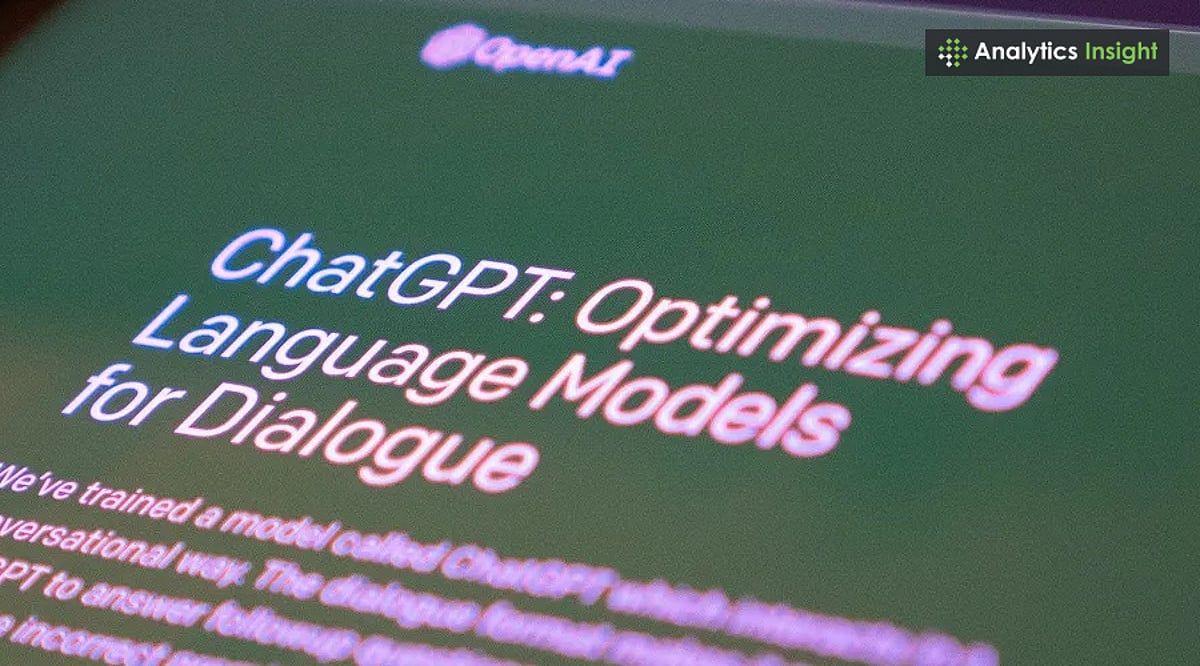
Source: Analytics Insight
Introducing Thinking Speed Controls
In response to user feedback about GPT-5's slow response times, OpenAI has implemented new controls for ChatGPT's 'thinking' duration. ChatGPT Plus, Pro, and Business subscribers can now choose how much time GPT-5 Thinking spends reasoning before answering
2
. The new feature offers four options: Light, Standard, Extended, and Heavy, with varying levels of response speed and depth of reasoning3
.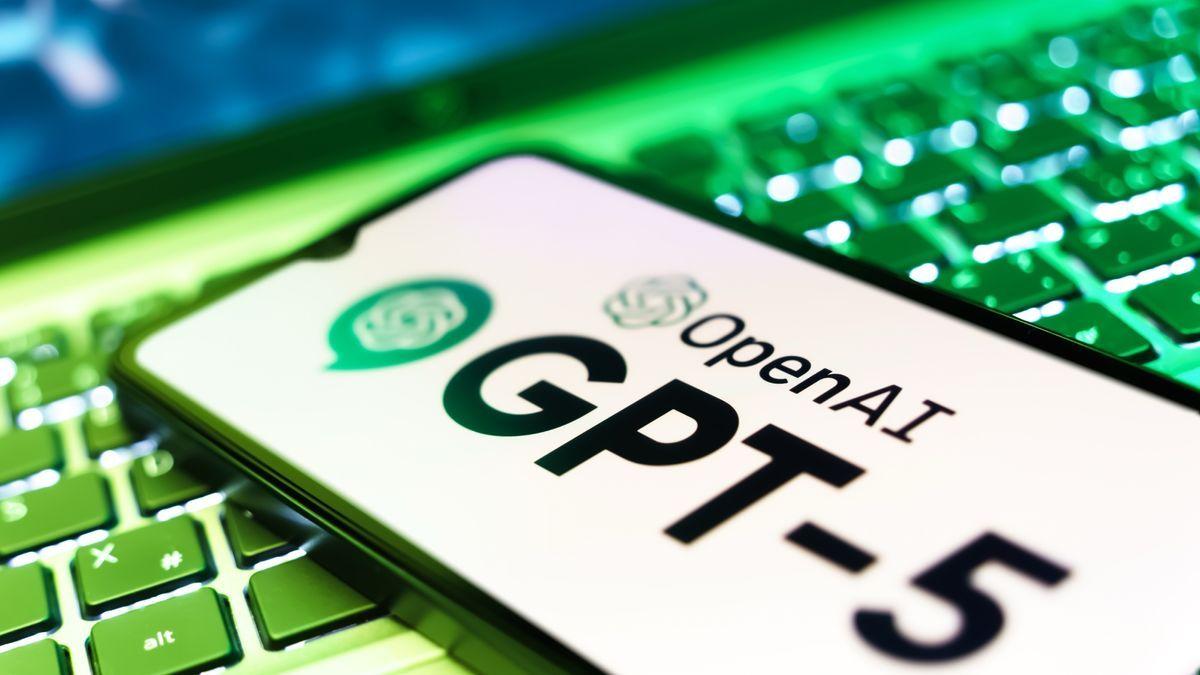
Source: Tom's Guide
Availability and Access
The thinking speed controls are currently available only on the ChatGPT website, not on desktop or mobile apps. Plus and Business users have access to Standard and Extended modes, while Pro users can access all four modes, including Light and Heavy
3
. Free tier and ChatGPT Go users do not have access to these new features4
.Related Stories
User Reactions and Ongoing Improvements
The introduction of these new features has received mixed reactions from users. While some appreciate the added customization options, others argue that they don't address the core issues with GPT-5, such as its perceived inferiority to GPT-4 in terms of speed and communication style
1
.OpenAI has demonstrated a commitment to responding to user feedback, as evidenced by recent updates and reversals of decisions, such as retaining ChatGPT's Standard Voice Mode after initial plans to retire it
1
.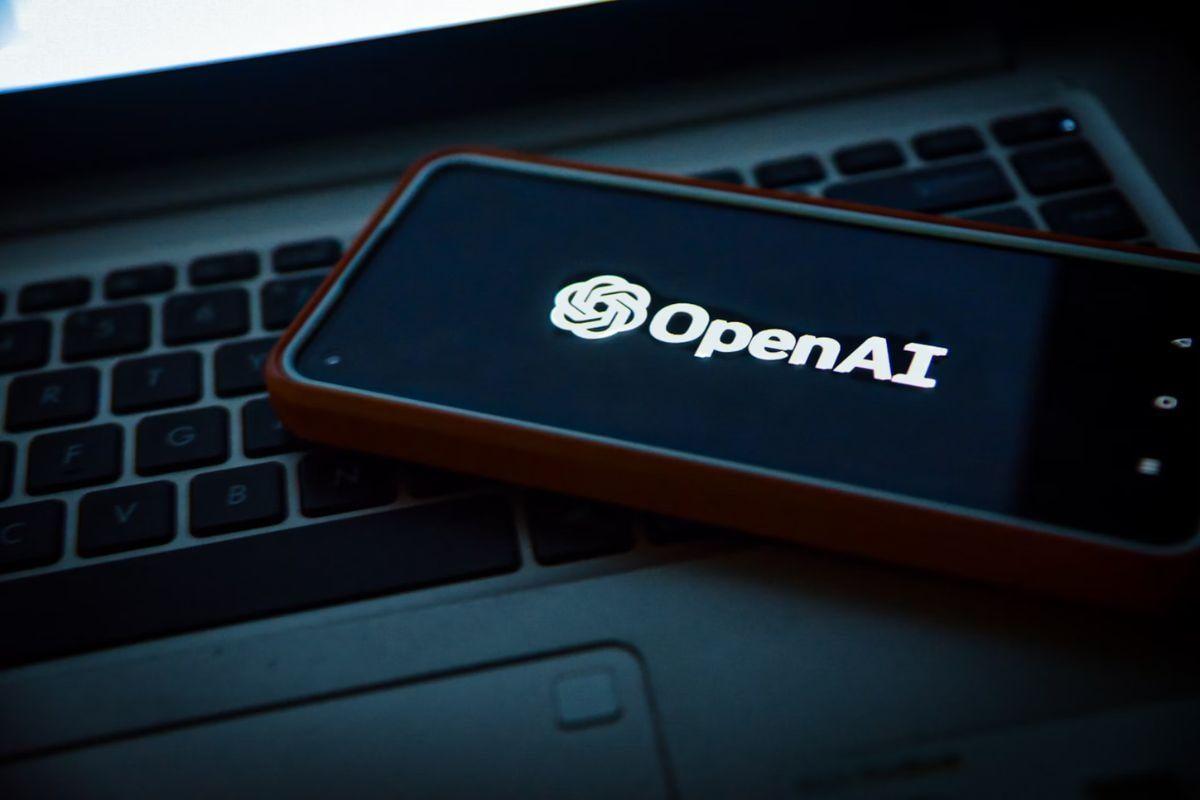
Source: Gadgets 360
Implications for AI Development
These updates highlight the ongoing challenge in AI development of balancing accuracy, speed, and personalization. As companies like OpenAI continue to refine their AI models, the focus on customization and user experience is likely to play an increasingly important role in the competitive landscape of AI chatbots and digital assistants
2
.References
Summarized by
Navi
[2]
[3]
[4]
Related Stories
ChatGPT Unveils Personalization Features: Custom Traits, Project Organization, and Task Reminders
18 Jan 2025•Technology

OpenAI Unveils GPT-5: A Game-Changing AI Model with Enhanced Capabilities and Reduced Hallucinations
08 Aug 2025•Technology

OpenAI Releases GPT-5.1 with Customizable Personalities Amid Growing Legal Pressures
12 Nov 2025•Technology

Recent Highlights
1
Google launches Gemini 3 Flash as default AI model, delivering speed with Pro-grade reasoning
Technology

2
OpenAI launches GPT Image 1.5 as AI image generator war with Google intensifies
Technology

3
OpenAI launches ChatGPT app store, opening doors for third-party developers to build AI-powered apps
Technology

